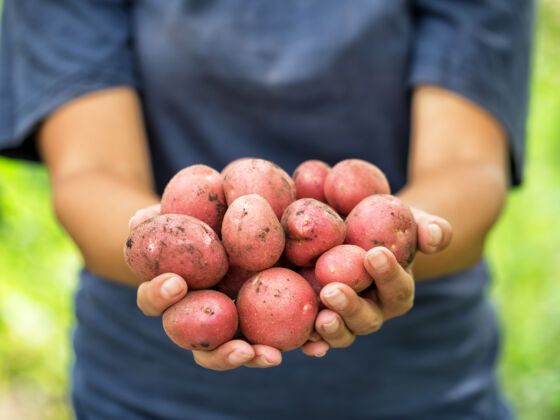In November of 2006, New York City resident Colin Beavan, along with his wife and daughter, set out to live with no net environmental impact.
Fast forward three years later, add the Huffington Post, and you have No Impact Week. According to the website, the goal is to “demonstrate ways in which small actions in our daily lives can have a profound impact on our world.” Together, they’ve provided a daily guide with steps you can take to lessen your impact over the course of a week. Each day has a different theme.
I’m joining over 4,000 people to take on this challenge to identify what impact my actions (or lack of action) are having, and to find out what areas of my lifestyle I can change to balance out my carbon footprint a bit more.
